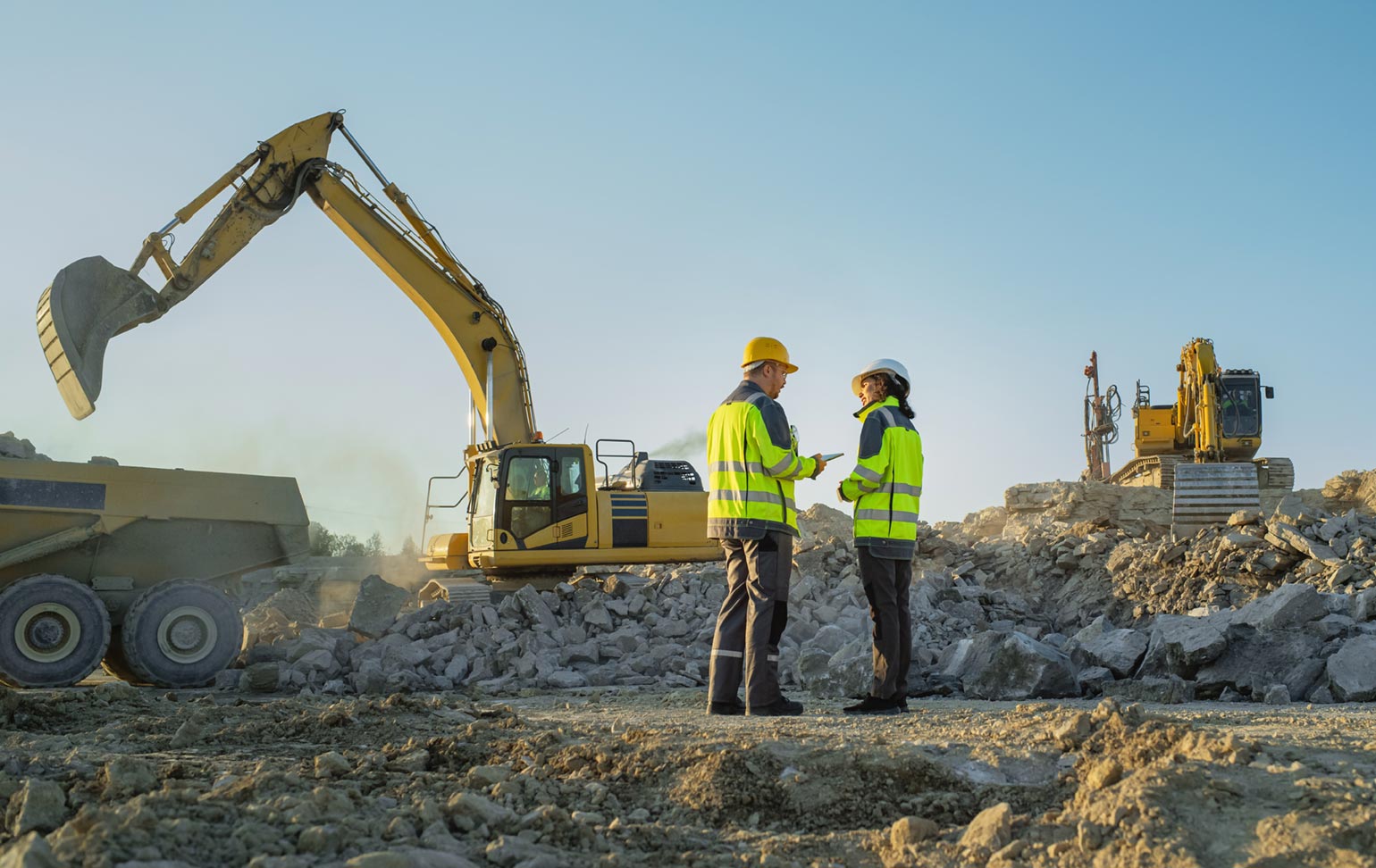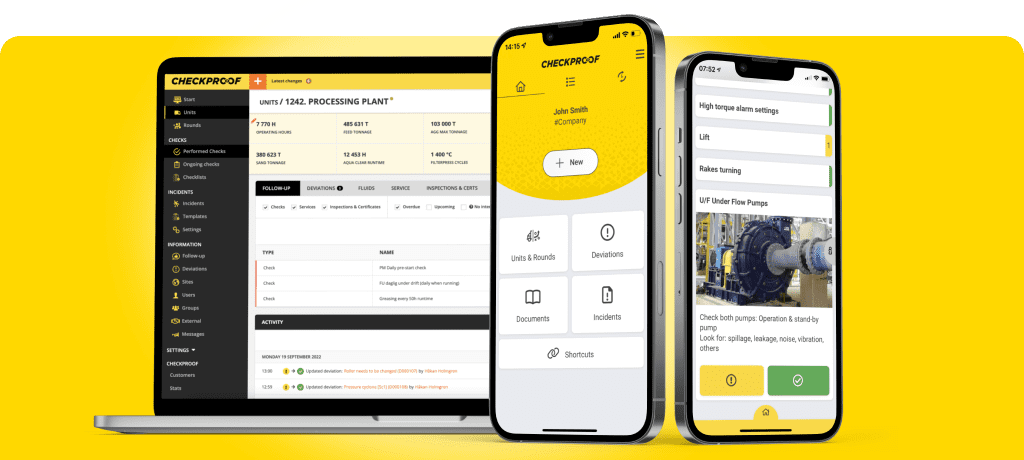When you return to work on Thursday morning, you soon notice that the feed conveyor still hasn’t been fixed. The technicians have a lot on their to-do list, but this is a high-priority matter that must have fallen between the cracks. You start to wonder: “How can I make my team more accountable?”
A culture problem or “just a misunderstanding”?
Most of us strive to be a valuable team member, but there’s a difference between being an experienced machine operator and taking personal ownership of issues that arise.
If someone lacks accountability, it may be easy to disregard it as a personality trait, but, if it’s becoming a problem throughout your business, it’s time to look at your company culture.
In this article, we look closer at accountability versus responsibility in maintenance and give practical examples of strategies that can foster a culture of accountability within teams along and show the positive impact nurturing accountability can have on the whole organization.
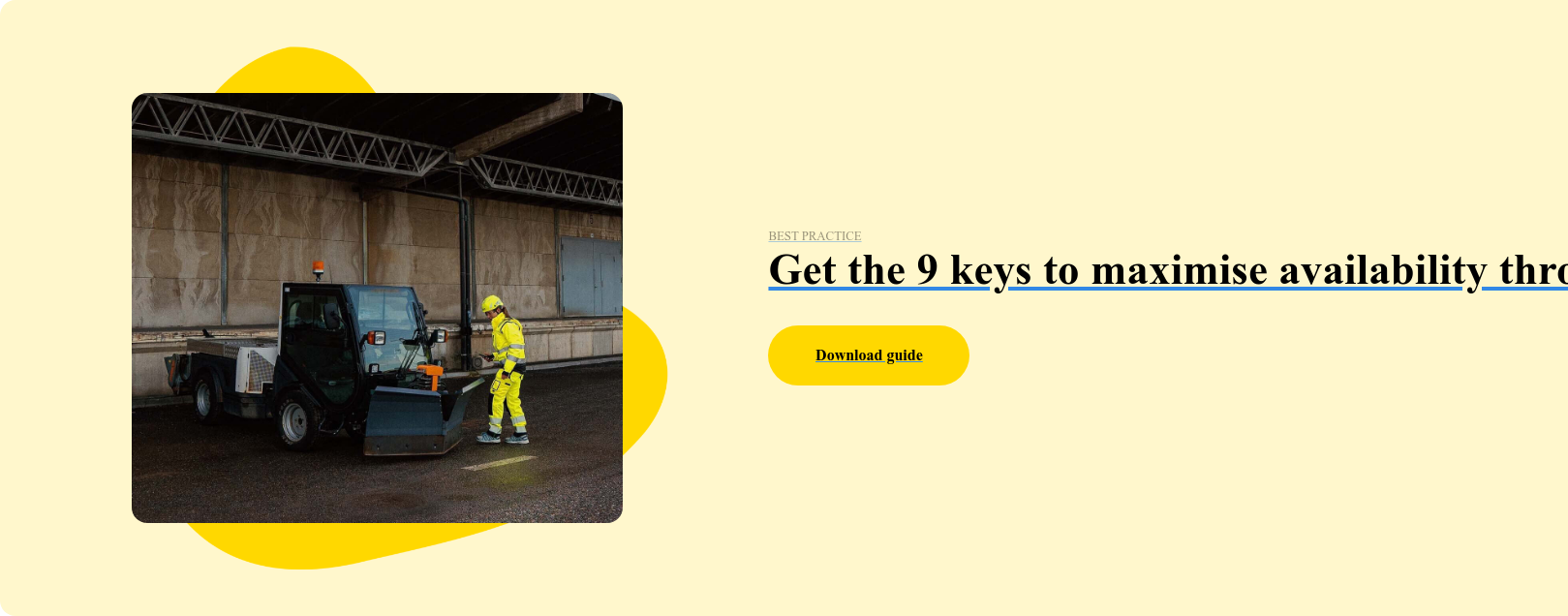
Accountability vs Responsibility in Maintenance
Don’t confuse responsibility with accountability. Taking responsibility means ensuring you’ve completed your assigned tasks correctly, but it doesn’t consider the context. Being accountable requires you to take ownership of your work as it impacts the rest of the business. Or put differently, a responsible team member will complete assigned tasks, but an accountable one will also take ownership of the results, not simply settling, but consistently striving for excellence and improvement.
For a frontline employee, being accountable can be reporting safety hazards before something happens or alerting your plant manager about maintenance issues before a machine breaks.
Changing this behavior is very difficult; simply asking staff to be more accountable rarely works. So how do you make accountability a core value at your site? We’ve listed four practices that you can implement.
Strategies to Foster Accountability in Maintenance Teams:
1. Lead by example
Asking staff members to be accountable without being so yourself hurts your credibility and business. As a leader, you play a crucial role in leading by example and shaping a culture of accountability with your team.
Show the team that you are serious by taking responsibility for your tasks, considering their effects on the team and owning up to mistakes you make along the way. Be on time, stay curious about what’s happening on-site, and take the findings seriously. Striving for excellence and constant improvement is key and remembering to recognize the efforts of your team members while doing so.
2. Continuous Feedback Mechanisms
Creating a healthy feedback culture isn’t easy, but it improves with practice. Continuous feedback shows that your frontline employees’ work matters and that you know their worth. Here are some tips on how you can improve your feedback skills:
- Both positive and negative: Be genuine but keep a balance when giving feedback. No one likes to get too much of one or the other, and so the classic ‘sandwich’ approach of layering constructive feedback can be helpful. Always ensure your expectations are clear to your employees.
- Have respect: Getting negative feedback can be pretty tough, so make sure you give it in a safe setting for the employee.
- Keep a set interval: This way, your employees know when to expect follow-ups and how long they have to work on the feedback they received at their last check-in.
- Establish open channels of communication: It should be easy for your employees to both give and receive feedback.
Don’t forget you need feedback too. By minimizing barriers for frontline employees to speak, and report to management, you improve your work processes and manage better.
3. Set goals and make fulfilling them fun with gamification
Everyone needs to know why they are doing what they’re doing. Otherwise, it’s easy to become disengaged. Setting clear goals and objectives – letting employees visualize progress and how their individual tasks impact the company as a whole, is rewarding.
If you’re having trouble making people care about numbers for the sake of numbers, make gamification part of your goals. How you do so will vary depending on the industry and the goal itself, but it can, e.g., be to reduce your waste by X% before your co-worker does the same and win a price.
Whether through friendly competitions, rewards, or recognition programs, gamification incentivizes accountability and encourages team members to strive for excellence.
4. Keep track of your task allocation
Make sure it’s easy to do the right thing. No one should have to send several emails to report one deviation or lose track of the correct routines. A digital maintenance system allows you to create a clear structure for assigning tasks transparently and tracking progress in real time. Removing unnecessary admin will help your employees to prioritize. Transparency fosters collaboration and lets team members support each other to achieve collective goals. This way, you prevent things from falling between the cracks and make accountability a core value at your facility.
Implementing Accountability Practices
Implementing accountability practices requires a concerted effort from leadership and the maintenance team. Accountability becomes a guiding principle that touches every aspect of the organization. You can help by:
- Communicating clear expectations
- Providing necessary resources and support
- Investing in transparent and easy-to-use- systems, such as CheckProof’s maintenance platform.
- Establishing routines together and creating processes that are easy to follow.
The Impact of Accountability on Maintenance Outcomes
The benefits of accountability in maintenance are manifold. It can lead to:
- Improved productivity and efficiency
- Higher quality outcomes
- Reduced downtime
- Proactive identification of issues, incidents and deviations
- Driving tangible results and operational excellence
By implementing strategies to foster accountability within teams, and embracing a culture of ownership, organizations can empower their maintenance teams to achieve remarkable outcomes
Ultimately an ownership mindset will distinguish the high-performance maintenance teams from those teams that are just checking off tasks.
Would you like other best practices to make the most of your operations? Download our guide 9 keys to maximise the availability of your assets through frontline digitisation to learn more!
Want to know what CheckProof can do for you?
CheckProof's easy-to-use app makes it easier to do the right thing at the right time. Discover how you can run world-class maintenance that is both cost-effective and sustainable.
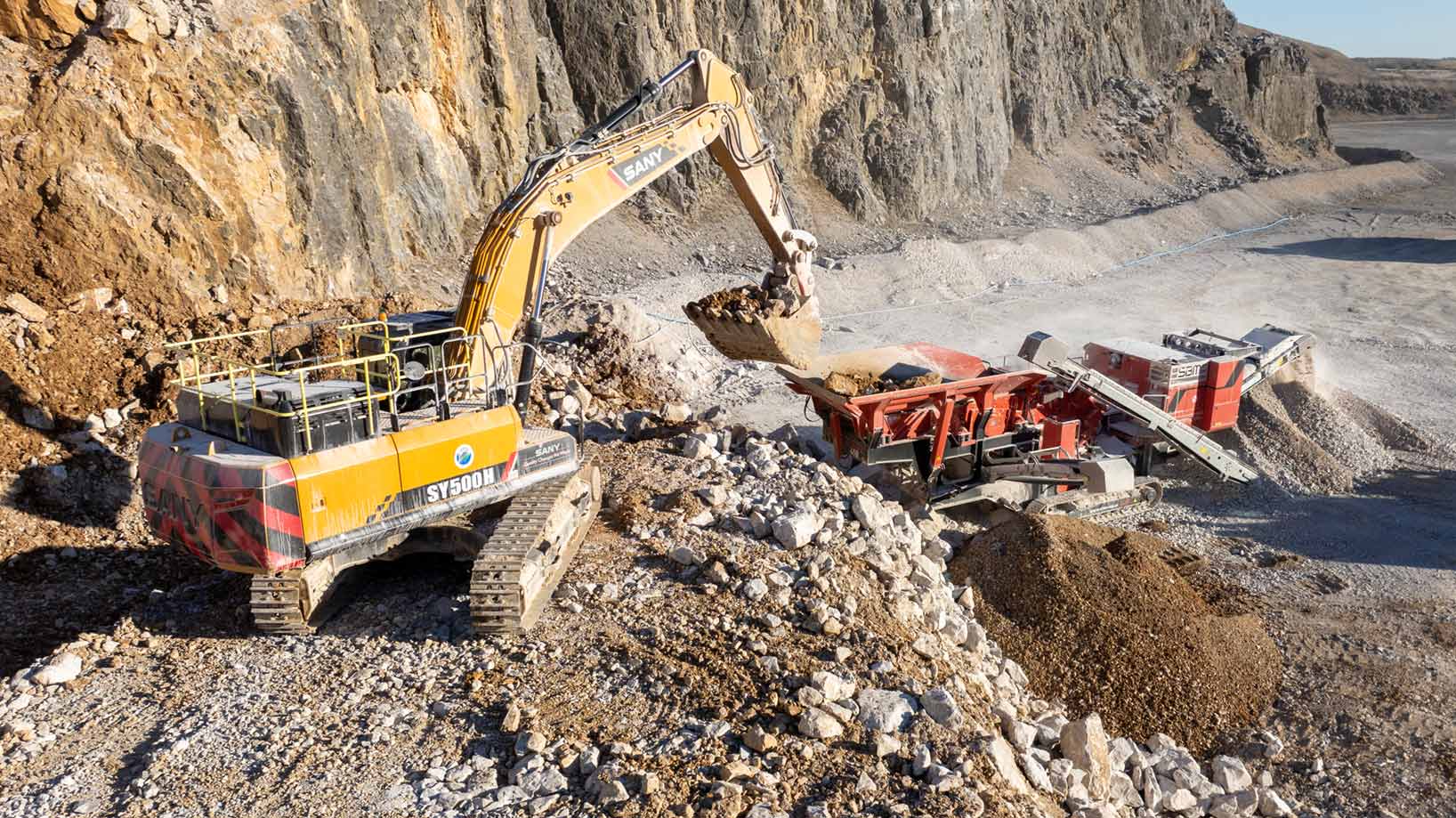
Revolutionizing Compliance: Banner Contracts on managing ISO audits with CheckProof
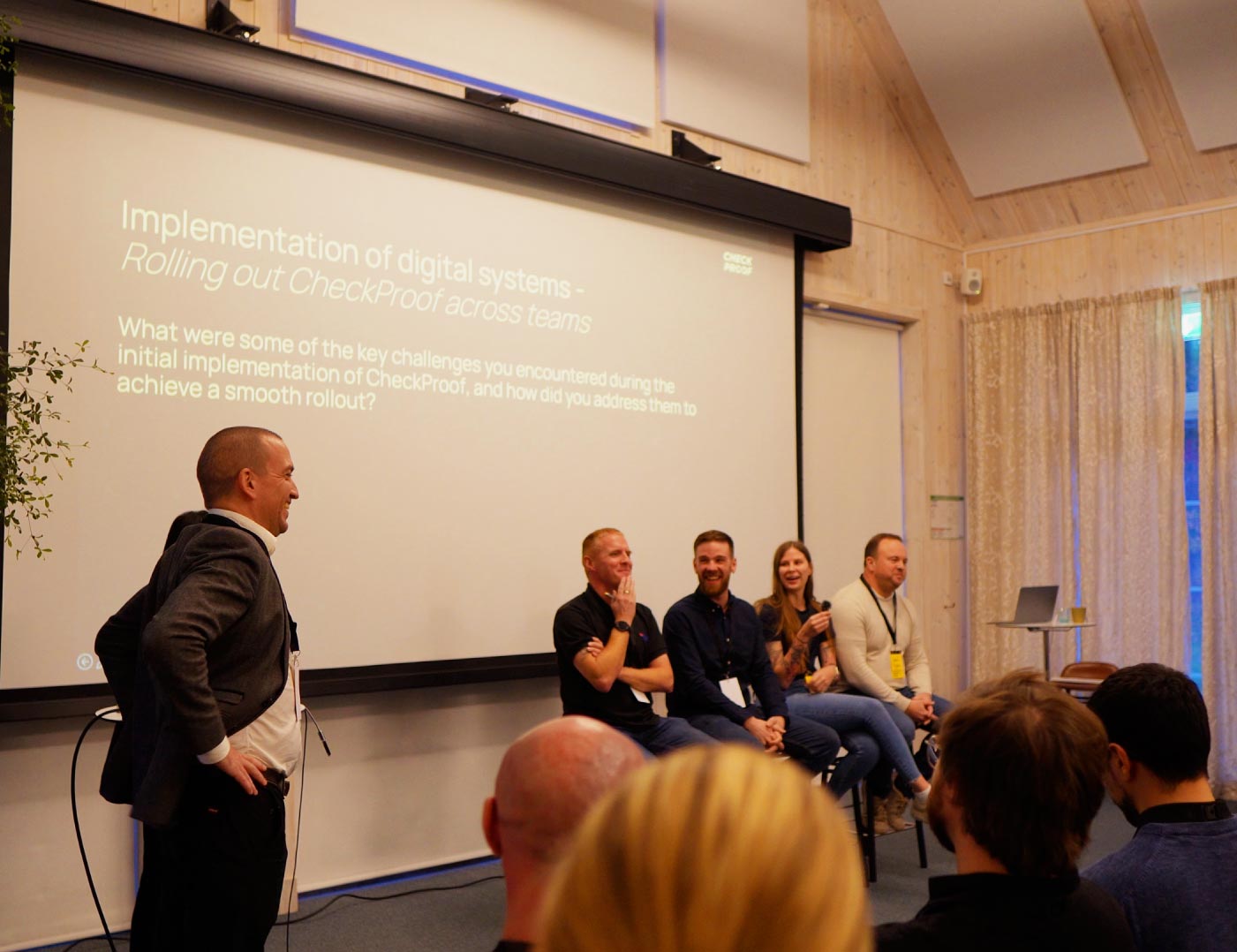
Implementation of Digital Systems: Rolling Out CheckProof Across Teams
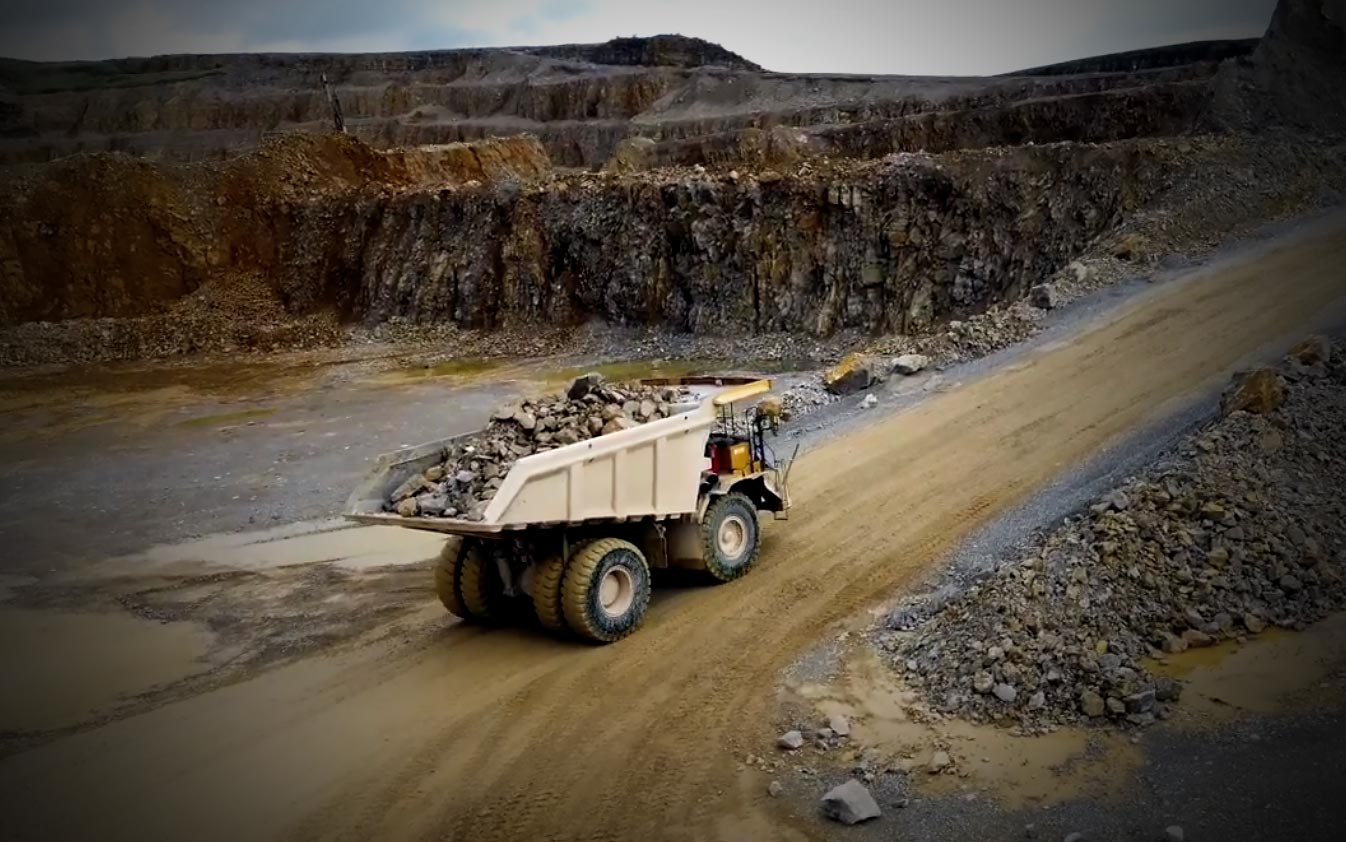
Von Kraftstoffeinsparungen bis hin zu Produktionssteigerungen: Wie Cemex Deutschland erfolgreich CheckProof implementiert hat

A Recap of the CheckProof Industry Event & 10th Anniversary Celebration
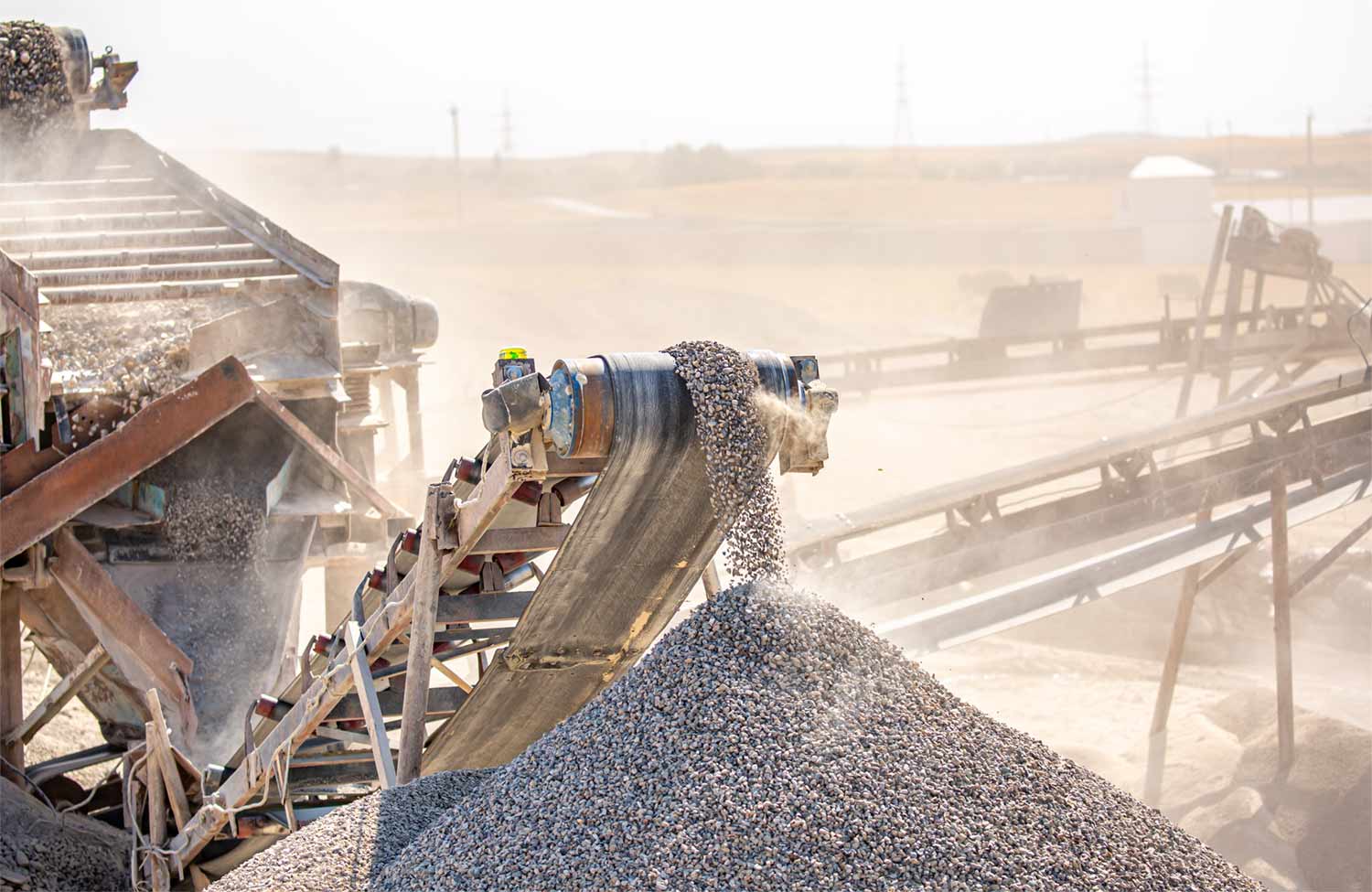
Trend Report: Key moments in the Construction Materials industry (2014–2024)

Meet Marcus Edlund, CheckProof’s First Employee and Tech Trailblazer

10 Key Technology Advancements in the Construction Materials Industries

SBMI’s Climate Roadmap for a Fossil-Free Aggregate Industry by 2045
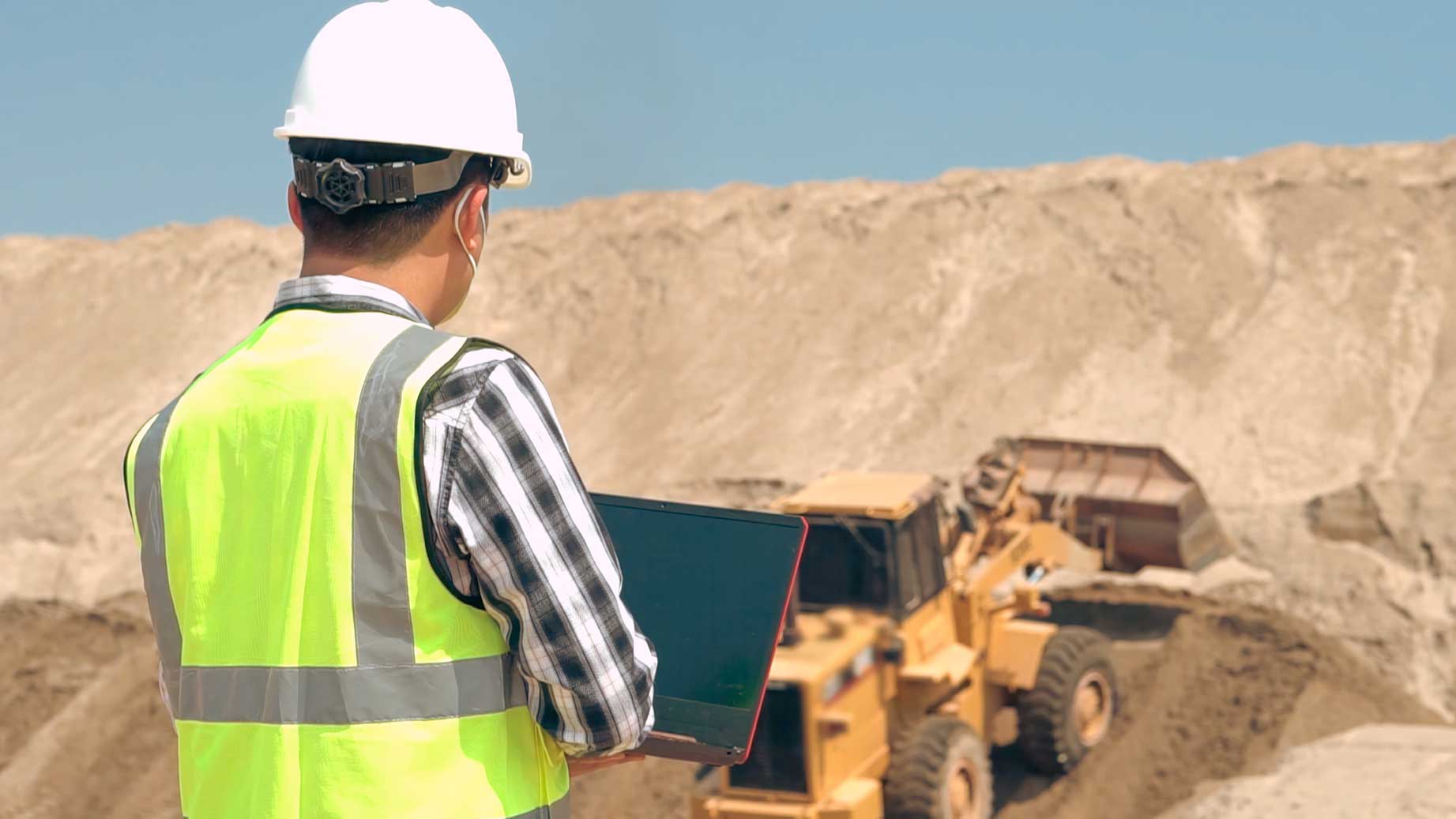
HSEQ trends in the Construction Materials and Heavy Industry
